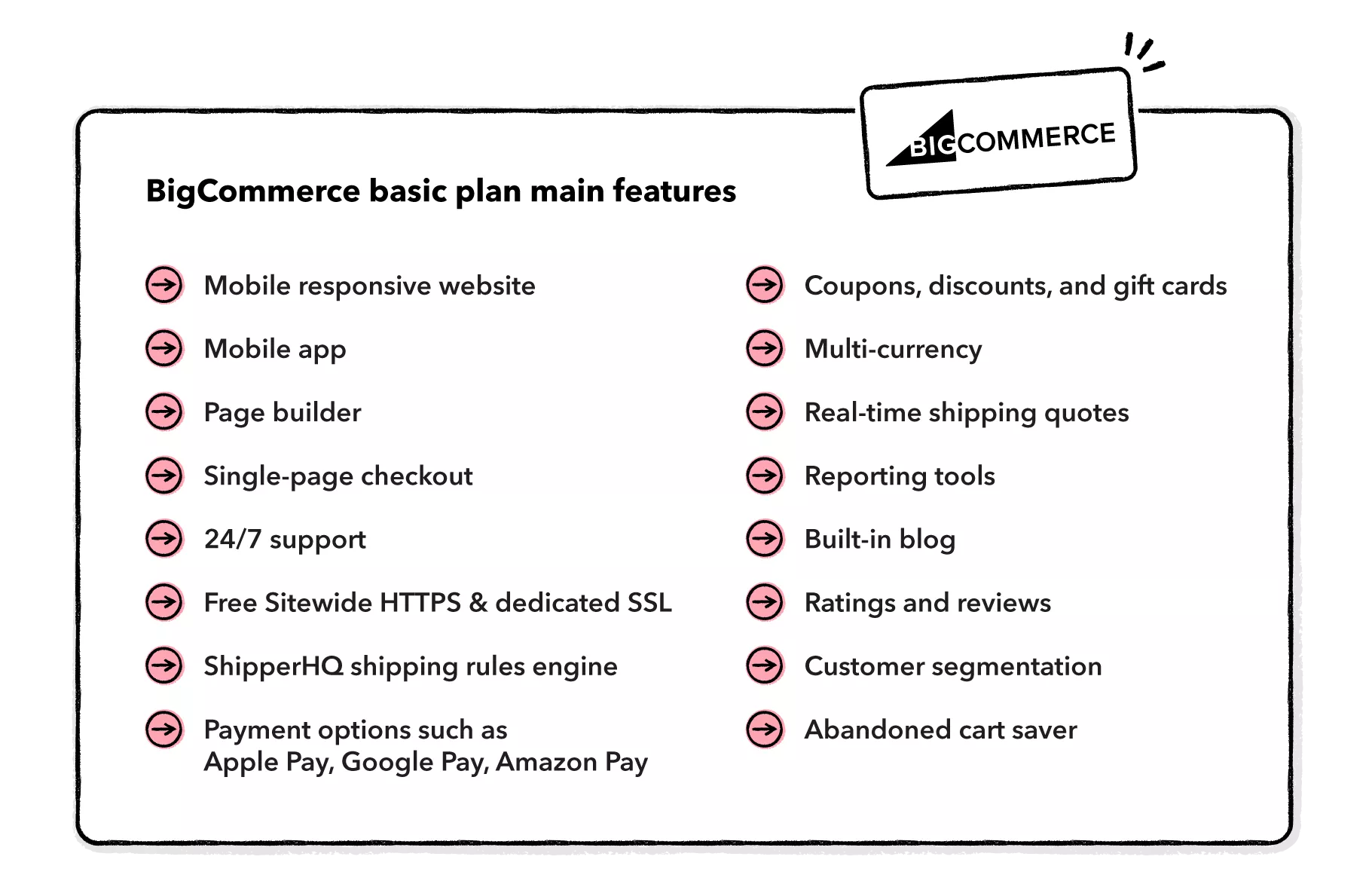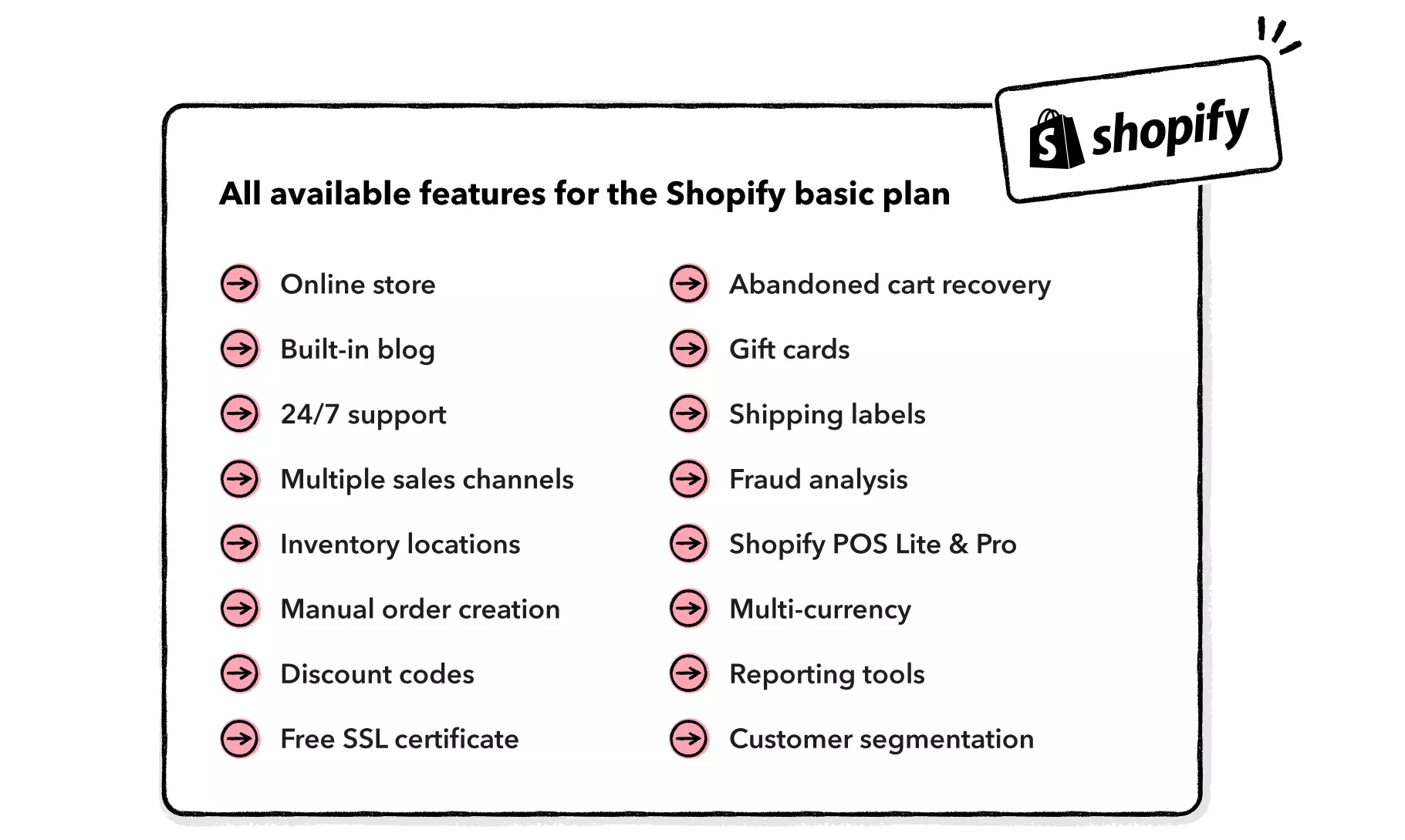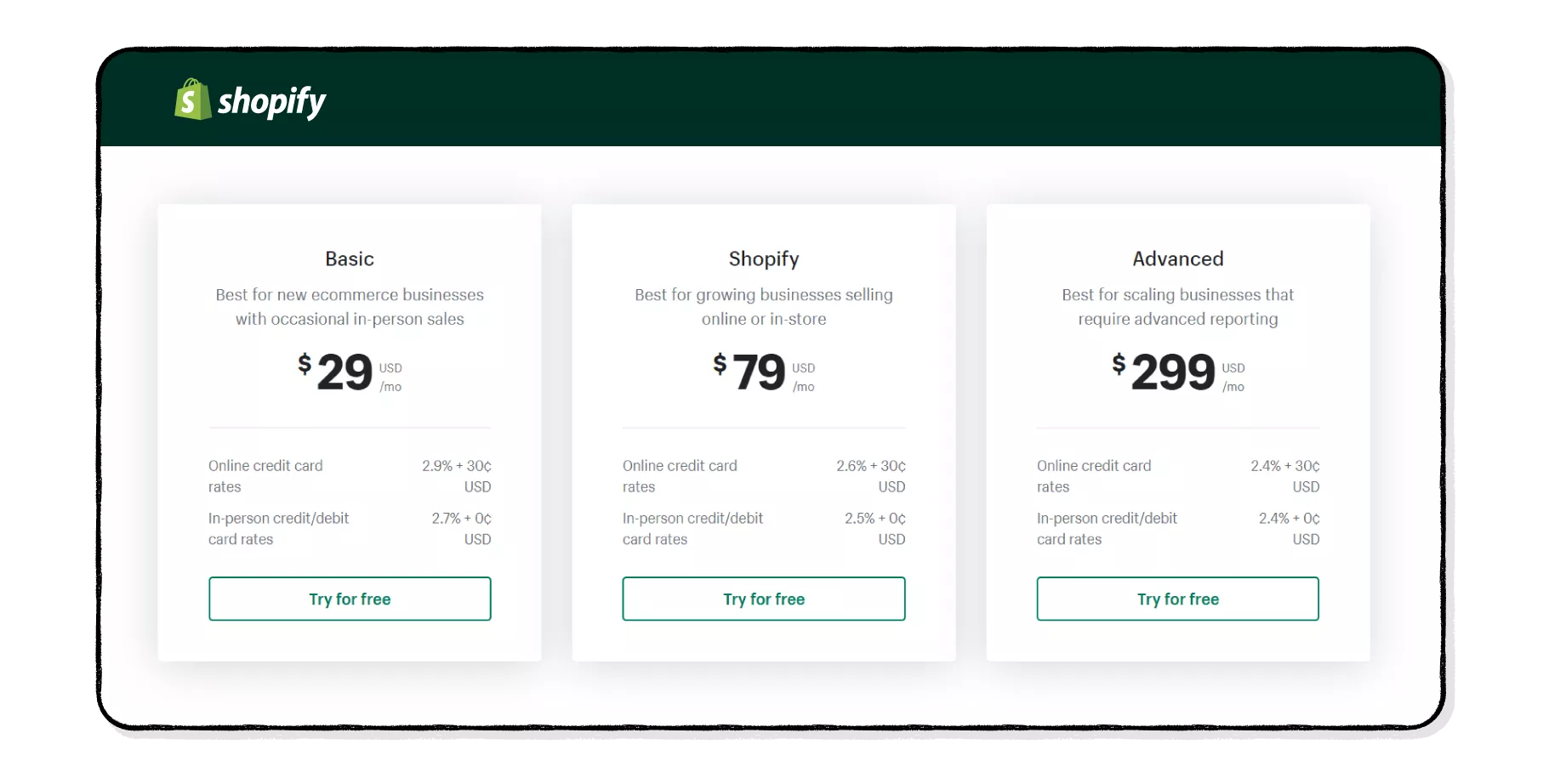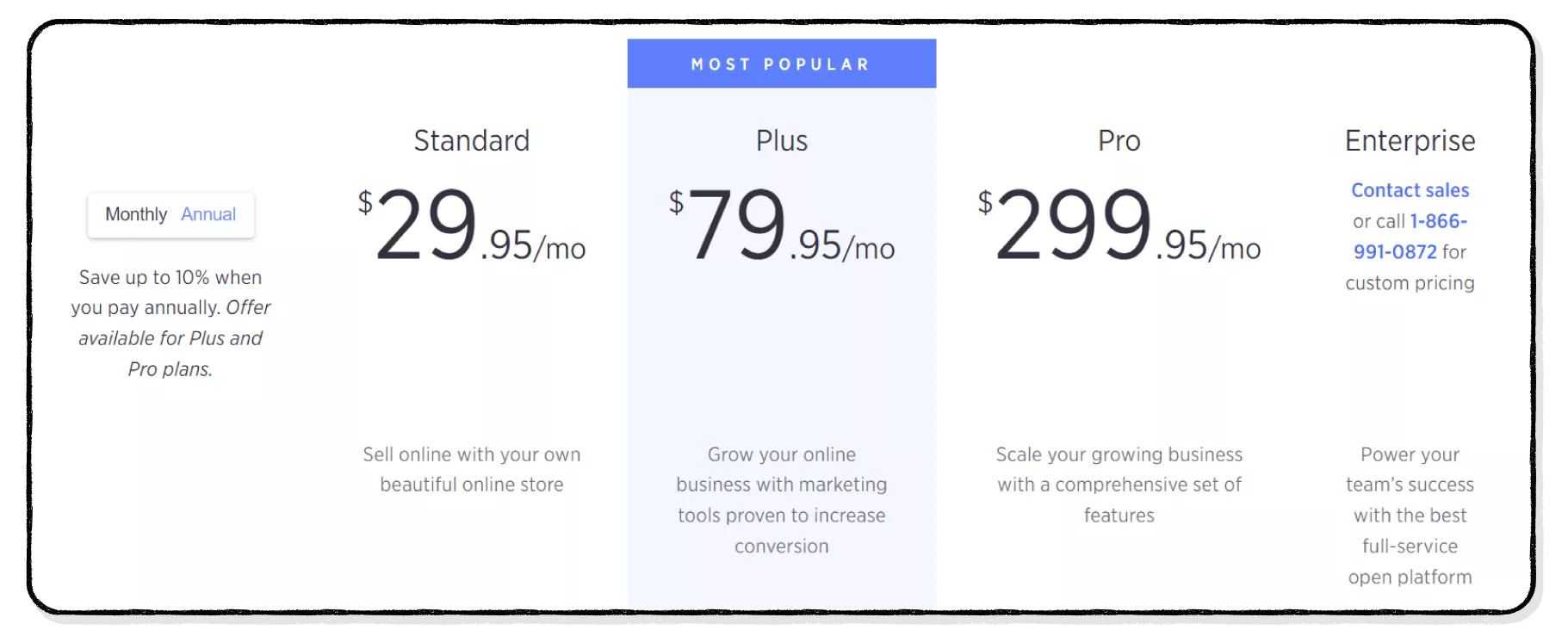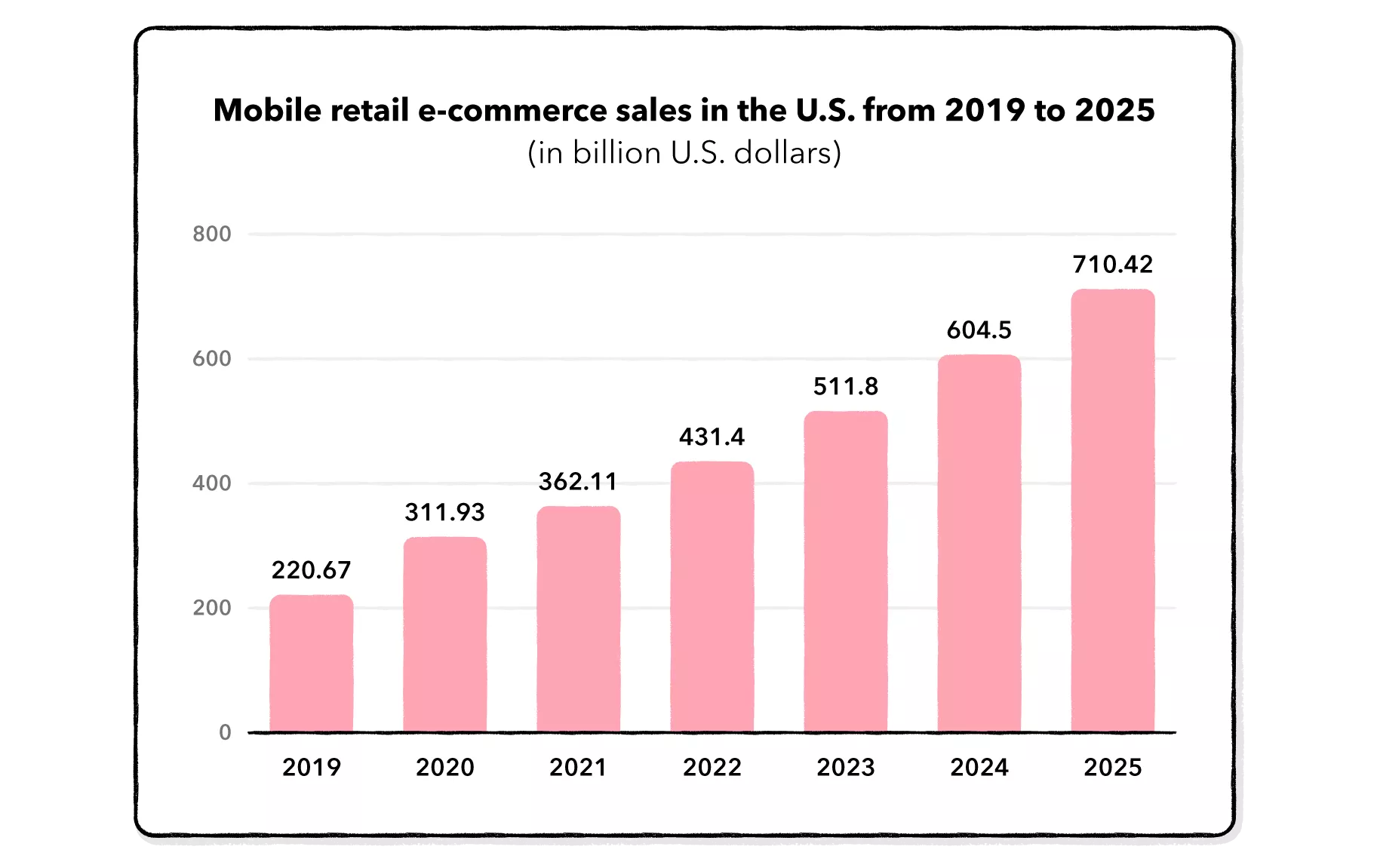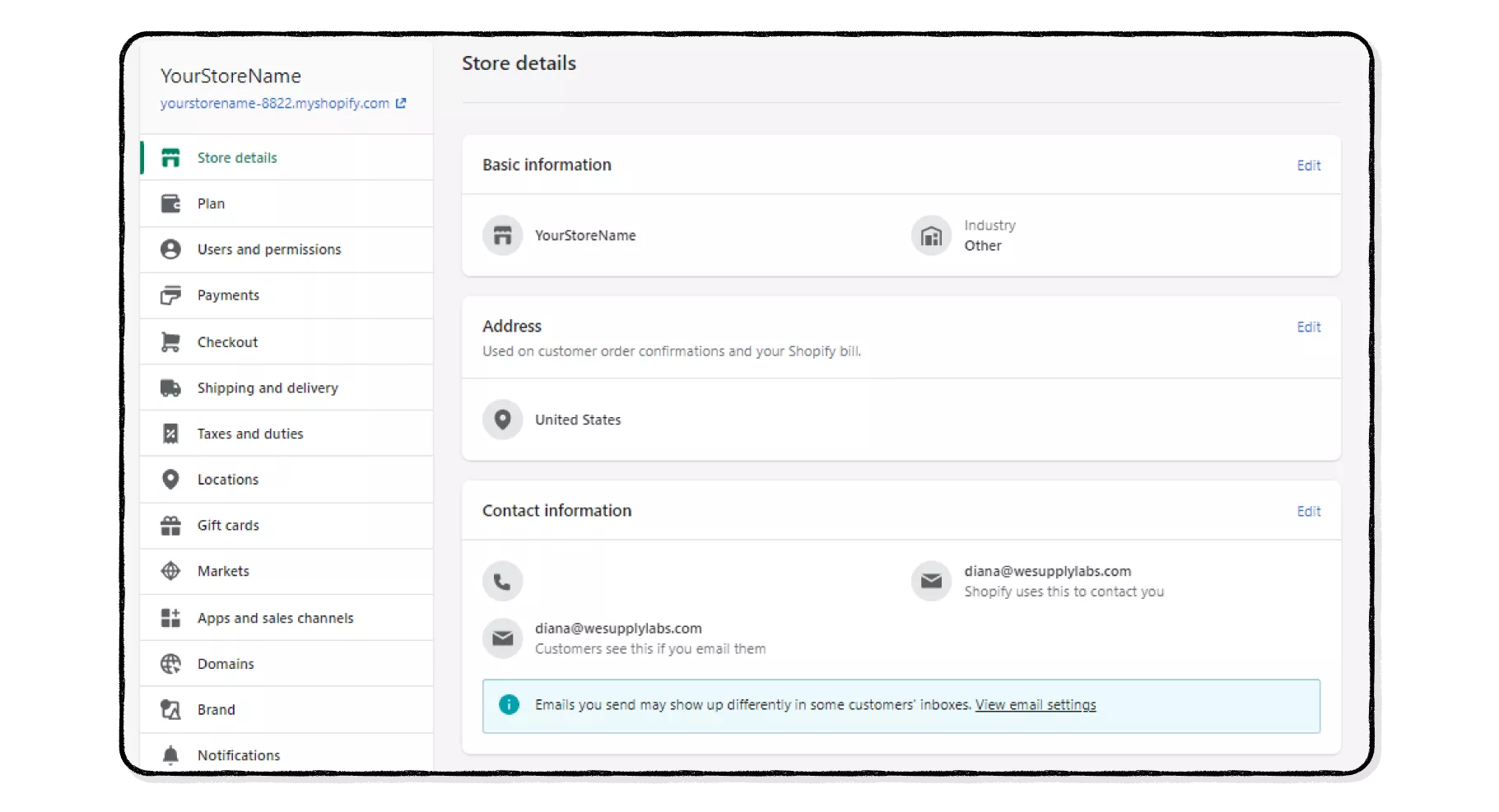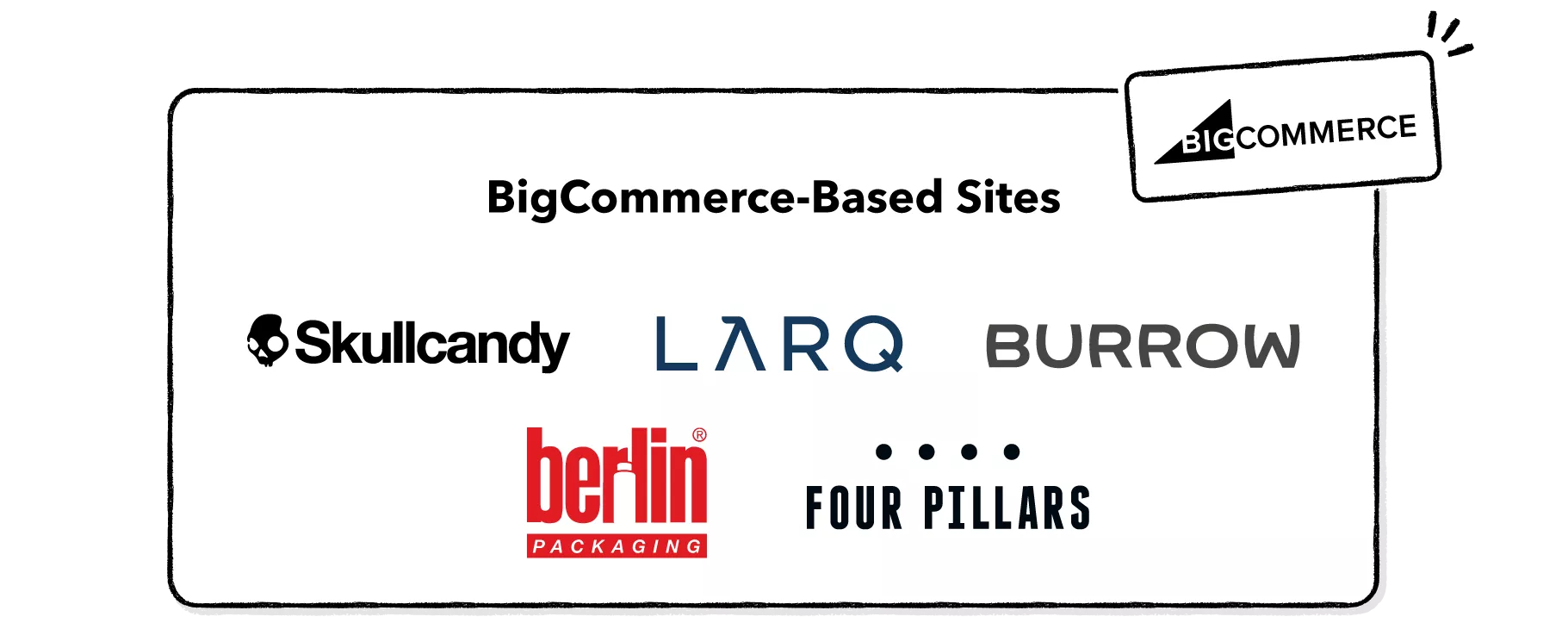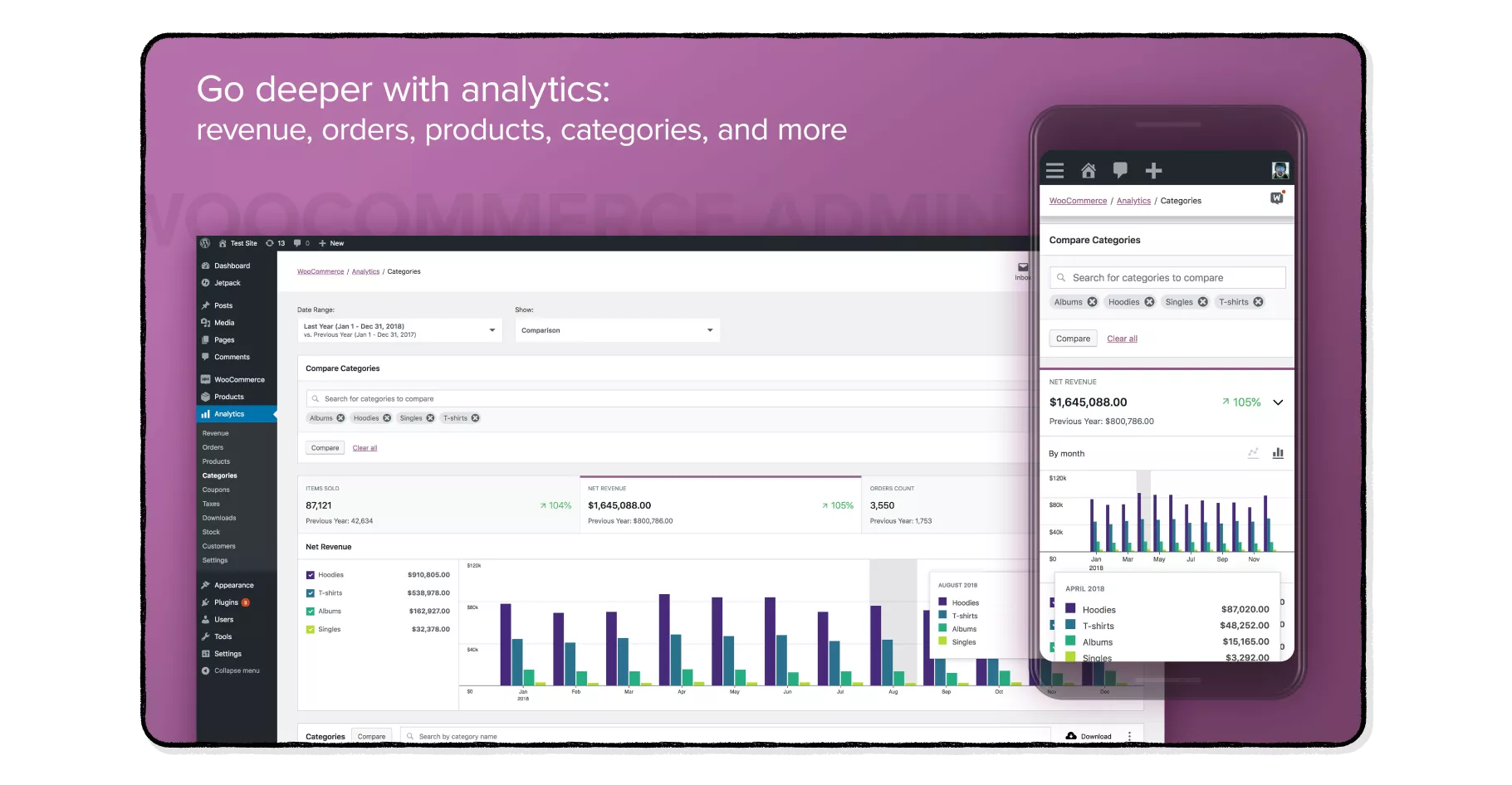BigCommerce vs Shopify: What You Need To Know in 2023
There are a lot of eCommerce platforms available nowadays, and it can be hard to decide which one is the right fit for your business.
In fact, the global market for eCommerce software was worth about $6.2 billion in 2019 and is predicted to have a compound annual growth rate (CAGR) of 16.3% through 2027.
Moreover, 0nline sales amounted to 4.9 Trillion U.S dollars worldwide in 2021 alone, and it’s forecast to grow over 50% by 2025.
In this article, we compare BigCommerce and Shopify to help you decide which platform is better for you. We’ll look at features, pricing, scalability, and more to help you make the best decision for your business.
BigCommerce and Shopify are two of the most well-known eCommerce platforms on the market. They both offer a wide range of features, great scalability, and good value for money.
According to BuildWith, there are 3,947,260 current Shopify customers and over 2.1 million daily active users as of 2021.
On the other hand, there are 147,555 websites using BigCommerce as their eCommerce platforms, according to BuildWith. Other sources suggest that there’s a total number of 60,000+ BigCommerce customers.
Although both are popular choices, there are some key differences between the two platforms that could make one better suited to your business than the other.
By taking the time to compare BigCommerce and Shopify, you can be sure to choose the platform that’s right for you.
BigCommerce vs Shopify Features
In terms of features, BigCommerce has the following main ones: mobile responsive website, mobile app, page builder, single-page checkout, payment options such as Apple Pay, Google Pay, Amazon Pay, Free Sitewide HTTPS & dedicated SSL, and ShipperHQ shipping rules engine.
Besides the built-in features and add-ons, you can also find numerous other tools on their Ecommerce App Marketplace, like WeSupply.
Here’s a list of the $29.95/month basic plan BigCommerce main features:
For $29, Shopify offers you similar features to BigCommerce, including free SSL certification, abandoned cart recovery, gift cards, reporting tools, and customer segmentation, but also Shopify Lite POS.
On the Shopify app store, you can find a variety of tools from basic Shopify themes to marketing and post-purchase operations management solutions (including WeSupply).
All available features for the Shopify Basic plan are the following:
Shopify vs BigCommerce Plans & Pricing
BigCommerce comes with 3 standard plans, plus an enterprise solution. Shopify also offers 3 standard plans, alongside enterprise solution Shopify Plus.
When it comes to pricing, BigCommerce and Shopify provide similar options ranging from $29.00 USD per month to $299.00 USD per month.
Moreover, BigCommerce offers 0% transaction fees regardless of the payment gateway you use. By enabling Shopify Pay, you can also enjoy 0% transaction fees on Shopify Payments. Unlike Shopify, BigCommerce won’t charge additional credit or debit card processing fees for transactions.
Shopify Pricing
Depending on which Shopify plan you’re choosing, you’ll have different options for the number of staff members with access to the Shopify admin and Shopify POS, inventory location, shipping discounts, and online/in-person debit/credit card rates, as seen below:
Shopify supports in-store shopping and in-person payments through its advanced POS system. If you also have physical stores, this enables you to provide your own customers with BOPIS (Buy Online, Pickup In-Store) and BOPAC (Buy Online, Pickup At Curbside) options to add more flexibility and boost sales.
Here’s a breakdown of the three available subscription options, from Basic to Advanced Shopify plans:
BigCommerce Pricing
BigCommerce comes in three standard subscription plans. You can pay monthly or yearly and benefit from a discount.
You can also opt for the BigCommerce enterprise solution by contacting them directly for a custom pricing quote, depending on the size of your business in terms of sales, headcount, physical locations, and more.
The Standard $29.95/month plan is packed with essential features such as a page builder, Apple Pay, Google Pay, Amazon Pay, a multi-currency converter, real-time shipping quotes, professional reporting tools, product ratings and reviews, SSL certification, and a built-in blog, among the most popular and convenient.
Here’s a breakdown of the BigCommerce monthly plans pricing:
Note that BigCommerce also comes in yearly plans, saving you a couple of bucks on the Plus plan per month ($71.95/month) and a few more on the Pro plan monthly ($269.96/month).
Shopify vs BigCommerce Usability
Both Shopify and BigCommerce, as eCommerce website builders, stand out from the crowd. when it comes to User Interface (UI), having intuitive, simple-to-use interfaces that make website building feel like a walk in the park for merchants with no coding experience or skills.
Time is extremely precious, especially if you’re just starting out with your eCommerce store. If you would like to save precious time on creating your website from scratch, you can choose from a variety of templates on the Shopify theme store and browse through a variety of BigCommerce themes, both free and paid.
The fun part is that you can easily customize them to meet your expectations and branding guidelines, and have them mobile-ready to meet your customers where they shop!
Having a mobile-friendly website is a must, considering the fact that U.S. retail mobile sales exceeded 360 billion U.S. dollars in 2021 alone.
BigCommerce vs Shopify Customer Service
Both BigCommerce and Shopify are more DIY online store builders aimed at people without coding skills. This might require you to access help documentation or contact their customer support team with inquiries related to functionalities, customization, or even app integrations.
You need a well-documented knowledge base and reliable customer care services that can help you get your store up and running in no time.
In terms of customer service, both BigCommerce and Shopify offer 24/7 live chat and phone support. Besides 24/7 live support, both eCommerce platforms come with their own help centers, community forums, and online video tutorials.
Whether you’re a BigCommerce or Shopify user, you’ll always be able to find the answers you need to run your store successfully.
Shopify vs BigCommerce Setup
Both eCommerce platforms are quite simple to set up and get started. Both solutions offer an “out-of-the-box” experience. All you have to do is to sign up, add your personal and business details, customize your store, set up your payment methods, and launch it!
In terms of customization, you can start with a theme of your choice and then change details as you go. Add your products with appropriate descriptions, images, prices, and so on.
Setting Up Your Shopify Store
Before the long-awaited moment of adding your products to the website, you need to add some essential business details.
Here’s how you can set up your Shopify online store in 10 easy steps:
-
Log into your store
-
Name your store
-
Add your business details
-
Add your billing information
-
Set up your payment provider
-
Set your default currency
-
Set up shipping setting
-
Set up pickup and local delivery (if necessary)
-
Set up taxes
-
Set up payment gateways
Last but not least, make sure you test before actually launching your Shopify store. You want to make sure everything goes as planned to avoid any confusion.
Setting Up Your BigCommerce Online Store
Just as with Shopify, you can easily set up your BigCommerce online store in 10 quick steps:
-
Sign up and log into your account
-
Fill in business and user details
-
Add your contact information
-
Set your store name and address
-
Pick payment gateways
-
Set up currency and providers
-
Set up shipping settings
-
Set up your taxes
-
Choose your domain name
-
Set up analytics
Then, all you need to do is to customize your shop theme, add your products individually, create product categories, and launch your BigCommerce online store!
Shopify-Powered Websites
You know what they say, “lead by example.”
One way to better understand the customer base of Shopify is to look at clear customer examples and see which Shopify-powered stores match your own in terms of business needs and customer expectations.
Here are some Shopify store picks from different industries (from fashion retail to outdoor living and beauty) to help you have a better overview:
BigCommerce-Based Sites
The same goes for BigCommerce— social proof and leading by example are key.
Before making your decision, you need to take a closer look at BigCommerce’s customer base to find a match for your business.
Discover below five BigCommerce sites from a variety of industries, including audio equipment and tech, furniture, and fashion:
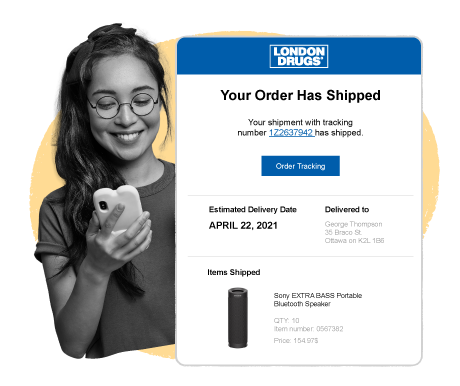
BigCommerce vs Shopify vs WooCommerce
Deciding on an eCommerce platform is a big decision for any business. After all, this is the software that will power your online store and help you to make sales.
Three of the most popular options are BigCommerce, Shopify, and WooCommerce.
All three platforms have their pros and cons, so it’s essential to consider your needs before making a decision carefully.
BigCommerce is a great option for businesses that need an all-in-one solution. It offers features like built-in abandoned cart recovery and support for multiple languages.
Although the setup might be more challenging than the other two options, you can enjoy a variety of functionalities and integrations that enable you to create a seamless, personalized, and fully-branded shopping experience for your customers.
Shopify is another popular choice, and it’s known for being easy to use and affordable. It also offers a wide range of features, including third-party apps and integrations that can help you elevate the post-purchase experience.
Last but surely not least, WooCommerce is a great choice for businesses that need a lot of customization options. It’s also free to download and use, which can save you money upfront.
In fact, getting started with WooCommerce for your already-existing WordPress website can be even easier than setting up a Shopify or BigCommerce store. All you have to do is to sign up and install the plugin. However, this does come with certain limitations.
For instance, it requires a more hands-on approach after launching the store and fewer extensions and app integrations than you’d find for Shopify and BigCommerce.
See our complete breakdown of BigCommerce vs WooCommerce here!
Final Thoughts on BigCommerce vs Shopify
BigCommerce and Shopify are both robust eCommerce platforms with a lot to offer, for businesses of all sizes— from merchants starting out to enterprises looking for ways to grow and scale their operations.
However, there are some key differences between the two platforms, from functionality to add-ons and integrations.
BigCommerce is a comprehensive eCommerce platform that offers merchants a lot of features and functionality “out-of-the-box”.
BigCommerce is also scalable, so it can grow with your business. If you’re looking for an all-in-one solution and you’re willing to pay for it, BigCommerce could be a good option for you.
Shopify also matches up to the performance of BigCommerce with a huge and varied app store, full of add-ons and integrations.
At the end of the day, the best platform for you will depend on your specific needs and goals. If you’re not sure which platform is right for you, we recommend trying out both BigCommerce and Shopify with their free trials. That way, you can experience firsthand what each platform has to offer before making a final decision.


